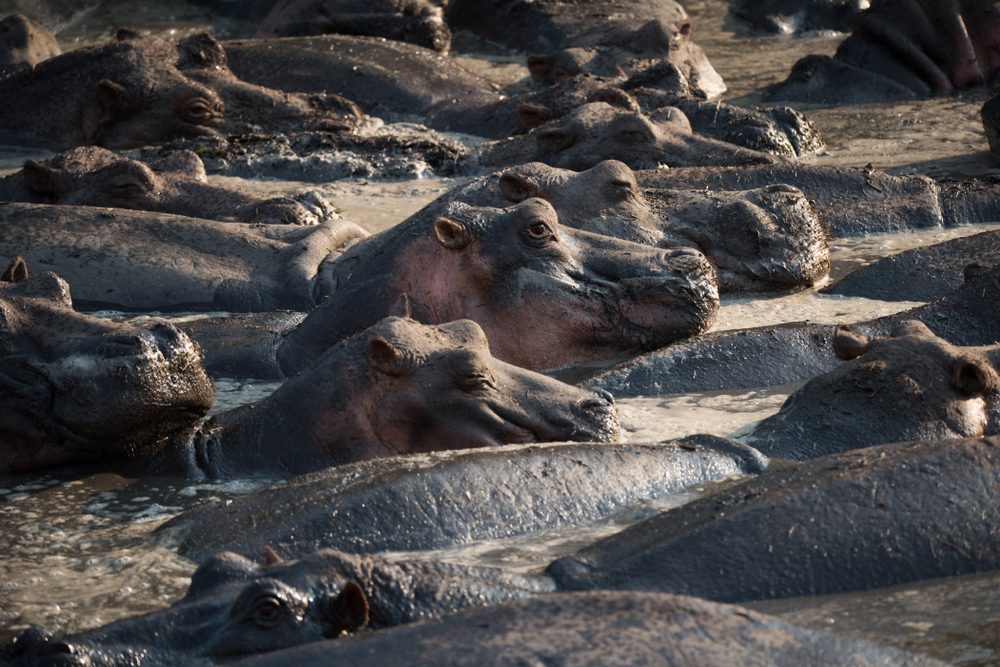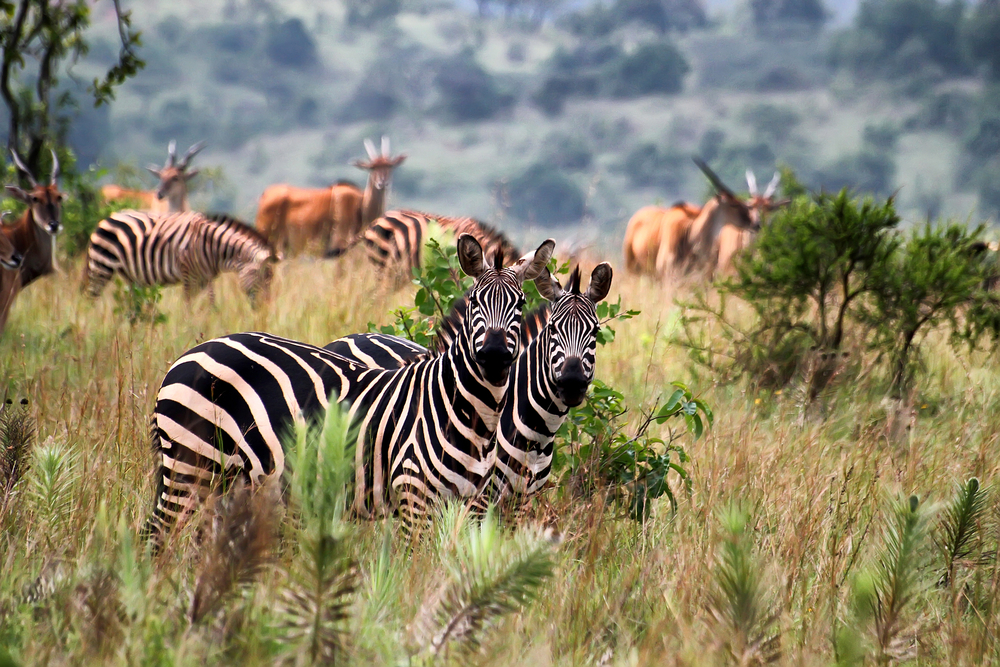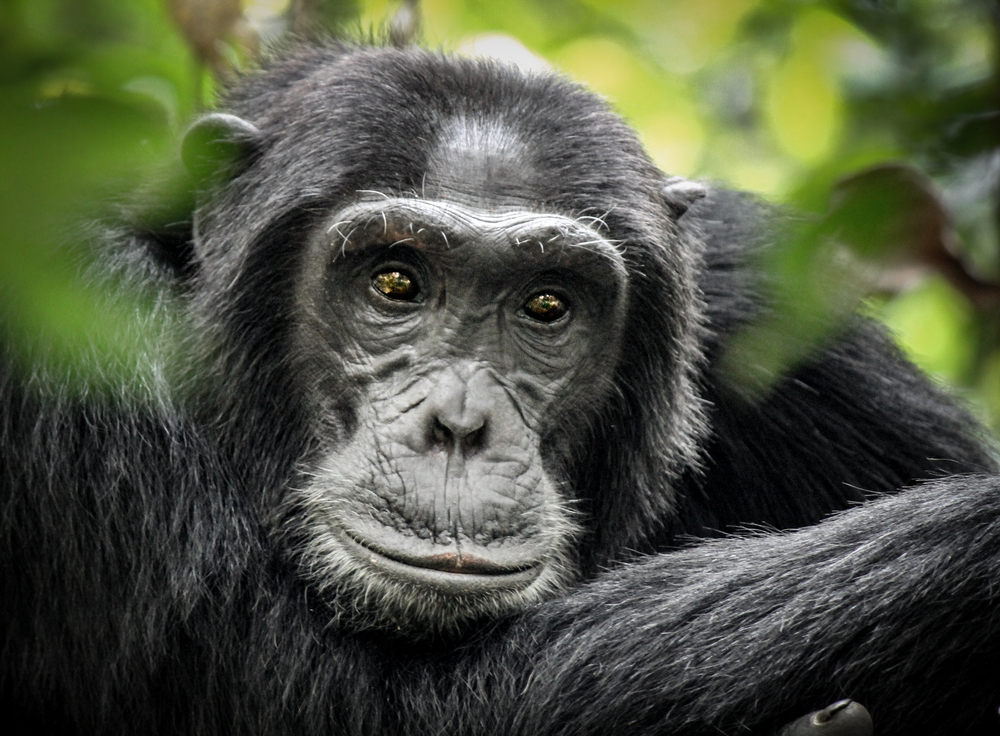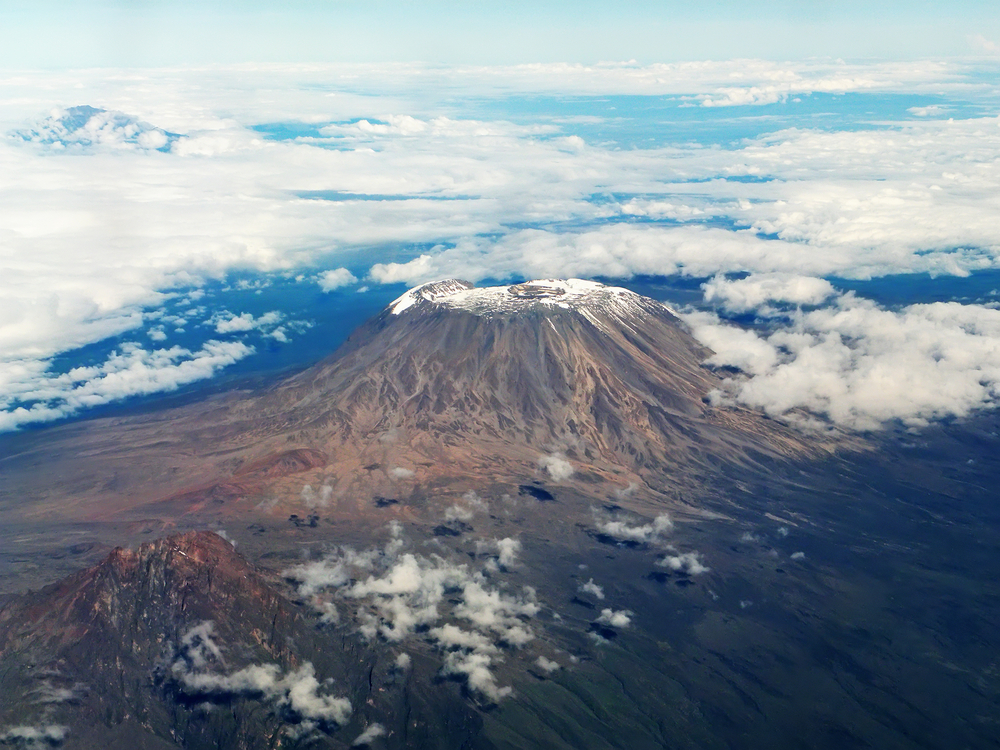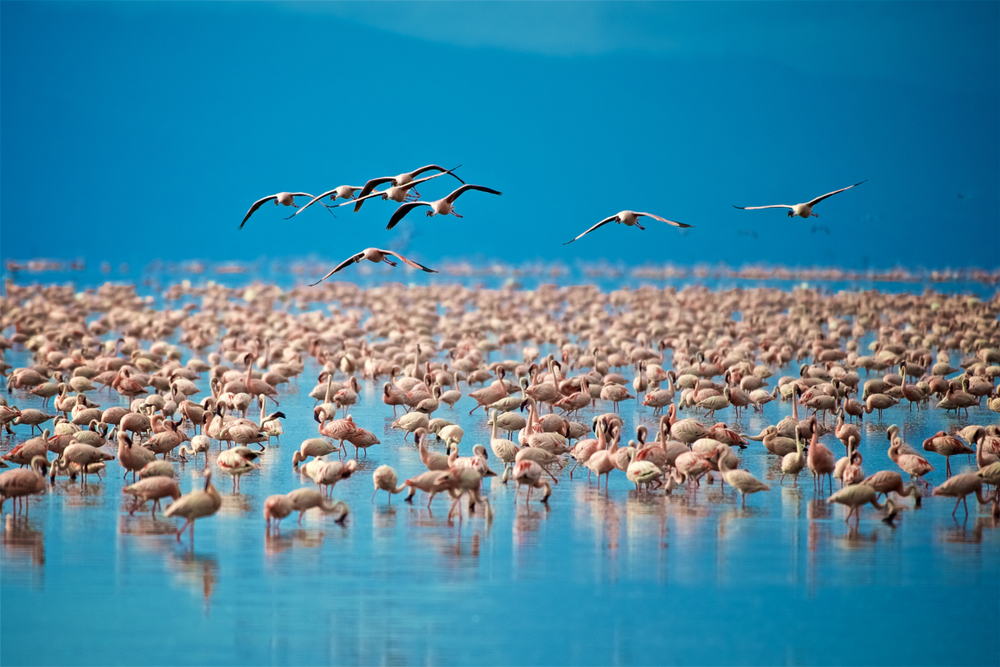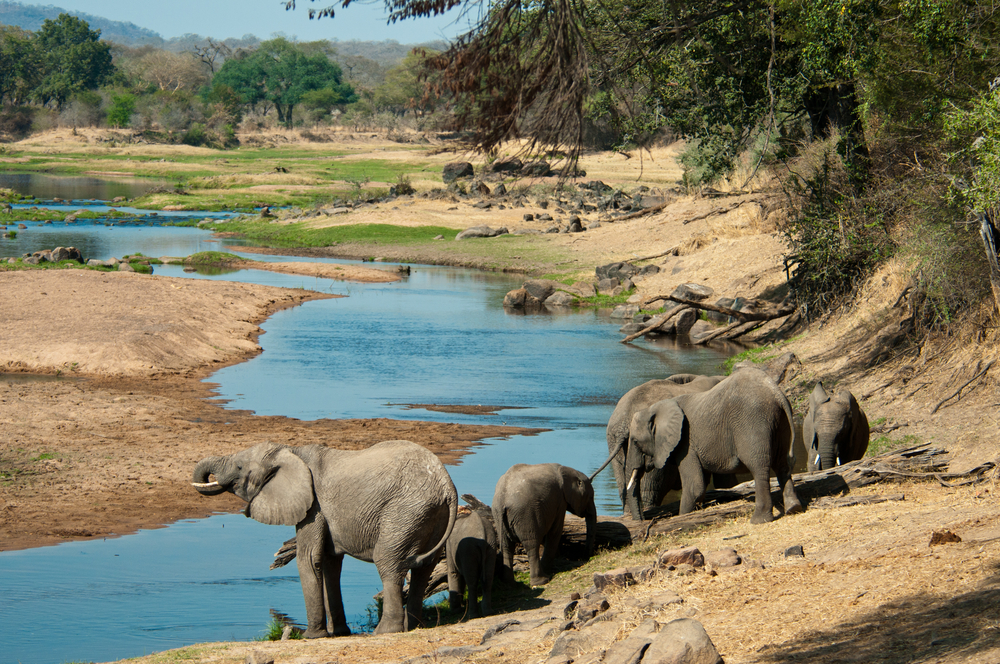Katavi Overview
Katavi National Park, known locally as Hifadhi ya Taifa ya Katavi, is a remote and untouched wilderness in western Tanzania, spanning approximately 4,471 square kilometers (1,726 square miles). It is Tanzania’s third-largest national park, located in the Katavi Region near Lake Tanganyika. Known for its rugged beauty and unspoiled landscapes, Katavi offers a truly authentic safari experience far from the more frequented destinations, making it a haven for those seeking solitude and abundant wildlife.
The park’s terrain is a mesmerizing mix of wide-open floodplains, seasonal lakes, riverine forests, and acacia-dotted savannahs. During the dry season, vast plains such as the Katuma Plain become parched and golden, while the Katisunga Floodplain draws large concentrations of wildlife around dwindling water sources. The seasonal Lake Katavi and Lake Chada are highlights within the park, providing life-giving water to the surrounding ecosystems. Though Katavi lacks dramatic mountains or waterfalls, its raw, untamed landscapes create an allure that is unmatched.
Katavi National Park is renowned for its spectacular wildlife, particularly its dense concentrations of mammals. The dry season transforms the park into a dramatic stage where animals converge in staggering numbers. African elephants and Cape buffalo congregate in herds that can number in the thousands, creating an awe-inspiring sight for visitors. Lions and leopards stalk the savannah, while massive pods of hippos crowd shrinking pools, often leading to intense territorial battles. Crocodiles line the Katuma River, waiting patiently for the annual influx of prey.
The park’s birdlife is equally impressive, with over 400 recorded species thriving in its diverse habitats. Birdwatchers can spot African fish eagles, saddle-billed storks, yellow-billed hornbills, and flocks of open-billed storks along riverbanks and wetlands. The seasonal lakes attract migratory waterbirds such as pelicans and flamingos, adding vibrant splashes of color to the park’s serene waterways.
What sets Katavi apart is its feeling of raw wilderness and isolation. Unlike Tanzania’s more visited parks, Katavi remains largely unspoiled, with very few tourists. This exclusivity ensures visitors can immerse themselves in the natural beauty and observe wildlife without distraction, creating an intimate and unparalleled safari experience.
Katavi National Park is a vital part of Tanzania’s conservation efforts. Managed by the Tanzania National Parks Authority (TANAPA), the park is crucial for protecting fragile habitats and preserving the biodiversity of western Tanzania. Ongoing initiatives focus on combating poaching, restoring degraded areas, and promoting sustainable tourism. The park’s remoteness has played a significant role in safeguarding its ecosystems, making it one of Africa’s last truly wild frontiers.
Visitors to Katavi can experience game drives across the vast floodplains, guided walking safaris through woodlands, and birdwatching along the Katuma River. The park’s raw beauty and dramatic wildlife spectacles, especially during the dry season, leave an indelible mark on those who venture to this hidden gem.
In summary, Katavi National Park is a remote wilderness where nature reigns supreme. Its teeming wildlife, expansive landscapes, and tranquil isolation make it a must-visit for adventurers seeking an unfiltered connection to Africa’s wild beauty.








































































